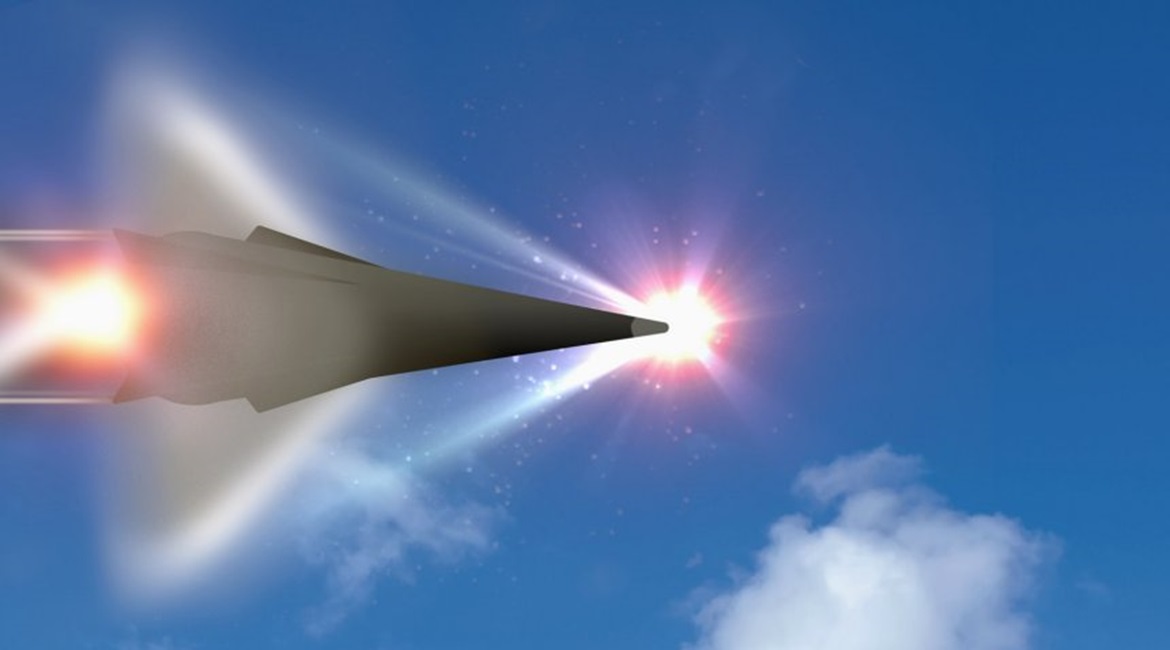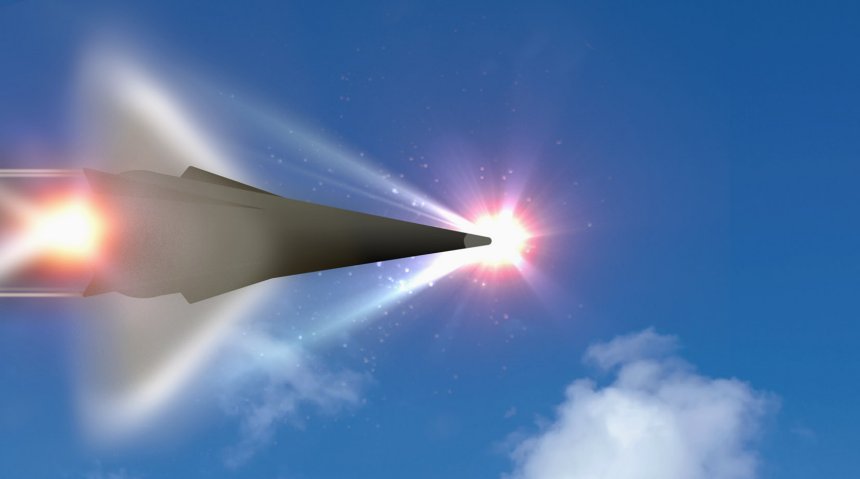
Hypersonic speed strike weapons have emerged as a top development priority in the Pentagon’s fiscal year (FY) 2021 budget.
The department said it requested USD3.2 billion for emerging programmes.
In June 2018 the Pentagon announced that the US Navy (USN) would lead development for a common glide vehicle for use on hypersonic weapon programmes across the services. The common glide vehicle is to be based on the Alternate Re-Entry System that was originally developed by Sandia National Laboratories and the US Army.
According to the Congressional Research Service (CRS), the USN’s Conventional Prompt Strike (CPS) weapon could potentially pair the common glide vehicle with a submarine-launched booster system. The army’s Long-Range Hypersonic Weapon (LRHW – sometimes called the Land-Based Hypersonic Missile) would pair the common glide vehicle with a two-stage ground-launched booster system. The US Air Force’s (USAF’s) Hypersonic Conventional Strike Weapon (HCSW) was to pair the common glide vehicle with a solid-rocket-powered GPS-guided system launched from a B-52 Stratofortress strategic bomber, but this project was cancelled in the FY 2021 budget. None of these efforts were programmes of record in 2020.
For the CPS the USN requested USD1.008 billion in FY 2021, nearly doubling the project’s funding, according to budget documents revealed on 10 February. The service received USD512 million in FY 2020 and had plotted USD5.2 billion over its five-year spending plan, with the goal of conducting flight tests in 2020 and 2022, and to continue prototyping through January 2024, according to the CRS. Thomas Modly, acting USN secretary, said in a 31 January memo that a ‘Flight Experiment 2’ is scheduled for the second quarter of FY 2020 to demonstrate the hypersonic glide body, and testing on the USN’s launcher would continue through the fiscal year.

Looking to read the full article?
Gain unlimited access to Janes news and more...




